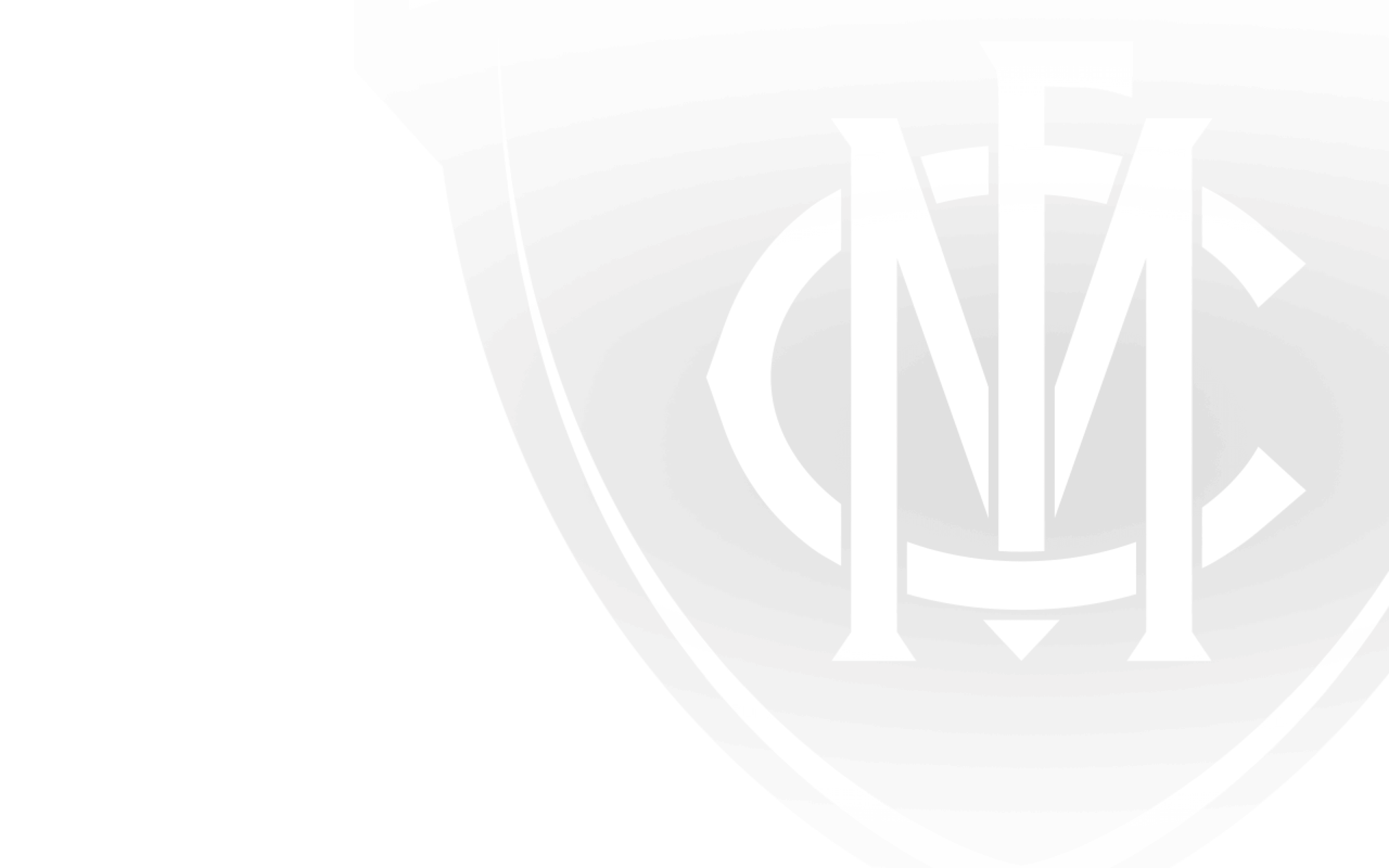One constant ingredient in the football landscape is, of course, the scarf.
Whether you wear a beanie or guernsey, jacket or cap, one thing that almost everyone dons is a scarf.
It can keep you warm or capture you, it can be waved out a car window in triumph, and it is an insignia, a sign of belonging, and a tie to the tribe.
Scarves, it may appear, are a simple piece of fabric - but a simple piece of fabric that is mired in antiquity, and ultimately became decorative.
Worn by the ancient Romans (the ‘sudarium’ or ‘sweat cloth’ signifying that it was less an item of decoration, rather of utility), Egyptians and Chinese, the scarf really took off as a fashion accessory in eighteenth century France.
It was from this time on that the scarf was worn in a form that would be today recognised as a ‘cravat’.
The significance of the scarf was obvious in France of this era, with the colours worn signifying political allegiance.
From the silk of Hermes to the more familiar fibre of Doctor Who (whose twenty foot scarf resulted courtesy of an enthusiastic knitter using every skerrick of wool the costume designer provided), from Private Pike in ‘Dad’s Army’ to Burberry checks, the scarf is quietly present in many facets of our lives.
It wends its way across our shoulders and around our necks, becoming a wearable collectible, a fashion statement, and, in many cases, an item to treasure from generation to generation.
Football scarves, of course, transcend trends, and are much more than a base for badges.
Melbourne’s members’ scarves of recent years have, in many cases, been sewn into blankets, and old red and royal blue numbers are worn proudly as signposts of heritage, in much the same way as Scottish tartans.
Scarves are swirled in celebration, much as ancient battle standards, and worn by young and old alike.
They are ageless, universally acknowledged, and at their very best on a cold and grey MCG day, huddled down to wait for the final siren and a celebratory flourish at the scoreboard.


